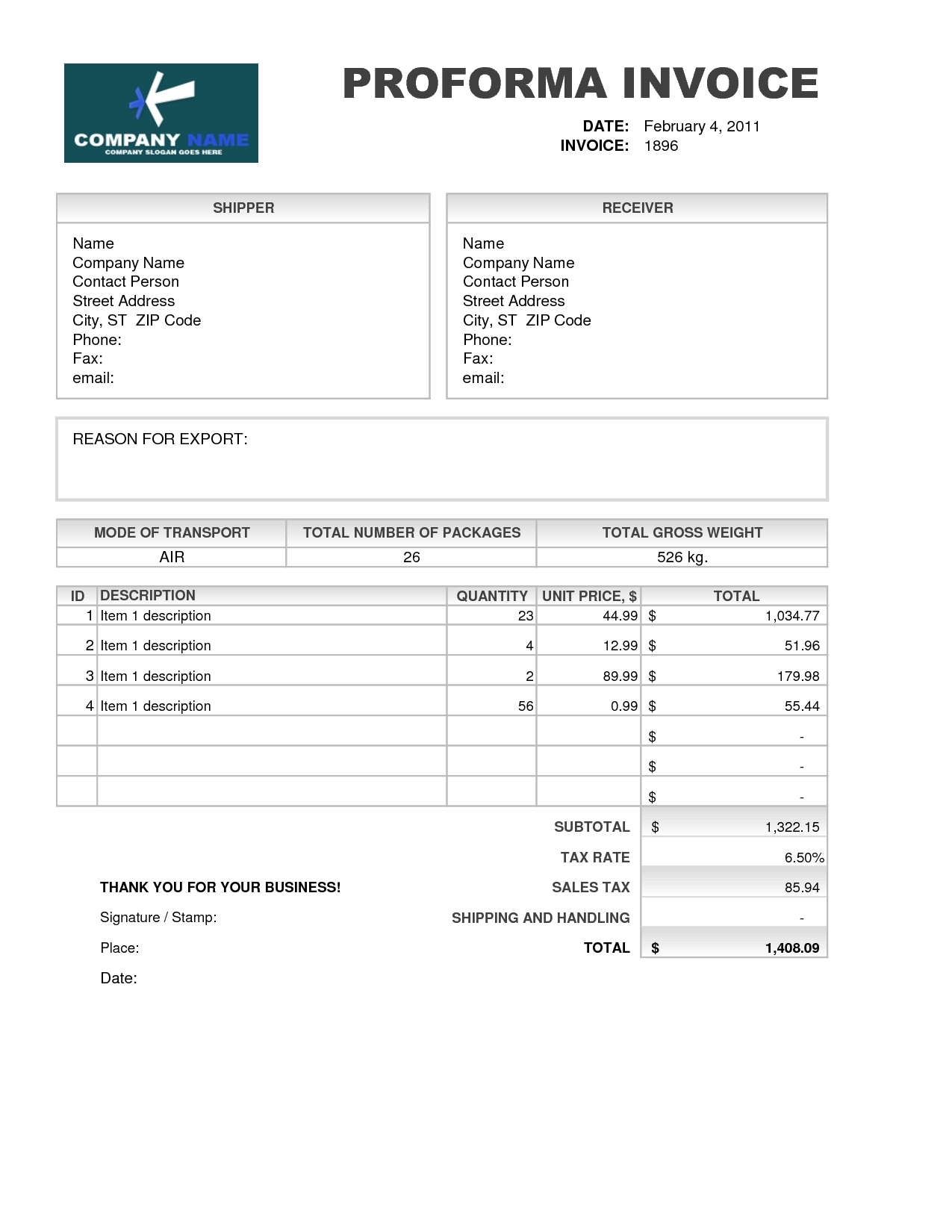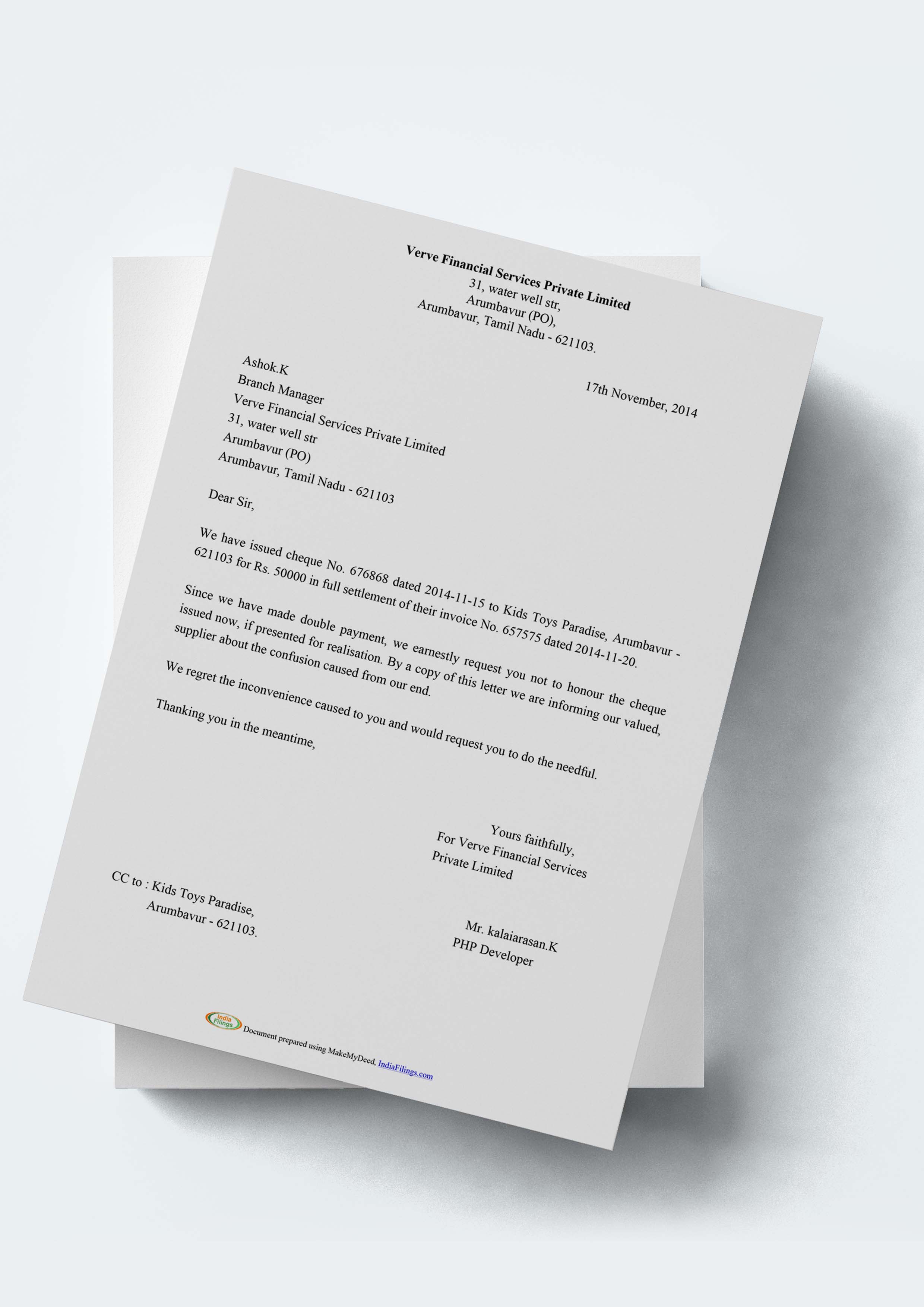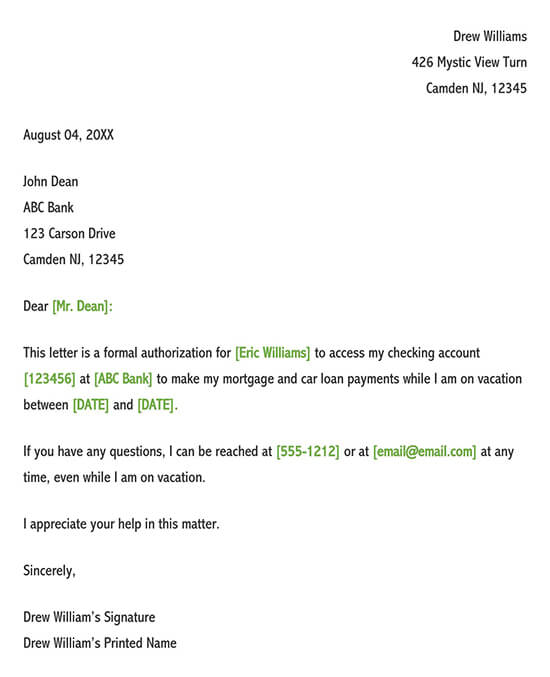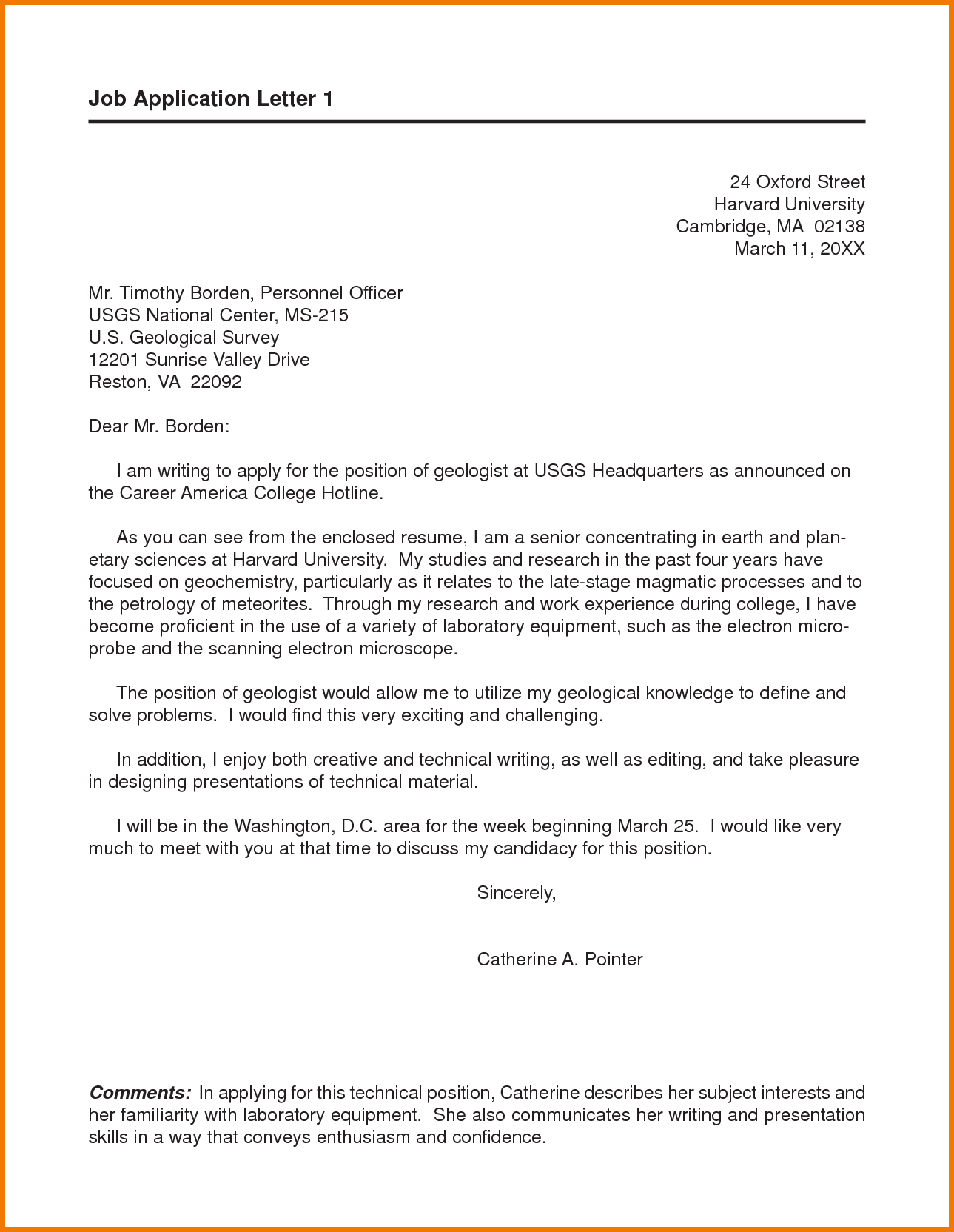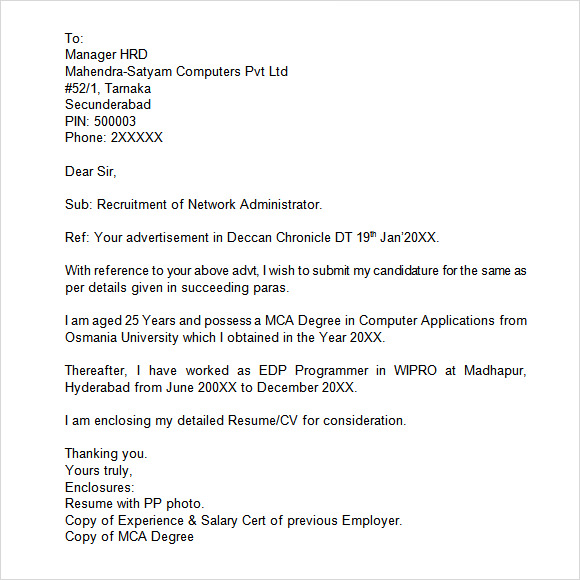Sample warning letter to employee for misconduct download printable pdf
Table of Contents
Table of Contents
In today’s professional world, the Format of Warning Letter is a crucial aspect of maintaining a healthy work environment. It is essential to address an employee’s mistake or misconduct in a professional and legal manner, and a warning letter is the perfect way to achieve that.
Why a Warning Letter is Important
As an employer, it is your responsibility to ensure that your employees’ behavior aligns with the company’s policies and values. When an employee fails to meet the expected standards or violates company protocol, it can negatively impact the work environment and other employees’ morale. Unaddressed misconduct can lead to serious legal consequences for both the employee and the employer.
The Target of a Warning Letter
The goal of a warning letter is not just to reprimand an employee but also to motivate them to improve their behavior. It is a chance to outline the exact problem and provide constructive feedback to encourage better performance in the future. A well-drafted warning letter can build employee trust and prevent future misconduct, leading to a more harmonious work environment.
Format of a Warning Letter
A warning letter should begin by addressing the employee by name and stating the purpose of the letter. It should then provide a detailed account of the specific misconduct or performance issue, citing any relevant policies or procedures. The letter should also state the company’s expectations going forward and offer support and guidance to help the employee improve. Finally, it should include the consequences of continued misconduct or failure to improve, including potential termination.
The Target of a Warning Letter - An Example
I remember a time when one of my coworkers repeatedly arrived late to work, causing delays for the entire team. After several informal discussions with the employee failed to improve the behavior, our manager drafted a warning letter. The letter outlined the exact issue, provided guidance for improvement, and stated the consequences of continued tardiness. The employee ultimately improved their behavior, and the work environment benefited from the increased punctuality.
Addressing Employee Misconduct
While a warning letter may seem like a severe measure, it is essential to address employee misconduct promptly. Failure to do so can result in a toxic work environment, employee dissatisfaction, lost productivity, and even legal repercussions. A warning letter serves as a reminder of the expectations in the workplace and can help limit future misconduct.
The Contents of a Warning Letter
The Format of Warning Letter may vary depending on the company’s policies and the specific situation. However, every warning letter should include a clear and concise description of the misconduct or performance issue, the expected improvements, and any disciplinary actions that may follow. The letter should also offer the employee an opportunity to respond and clarify any misunderstandings.
Dealing with Employee Misconduct - An Example
Once, one of my colleagues failed to meet a crucial deadline, causing a delay in the overall project timeline. After an investigation revealed the issue, our manager drafted a warning letter that addressed the failure to meet deadlines and the impact on the project timeline. The letter reminded the employee of the company’s policies and expectations, offered guidance for improvement, and stated the consequences of future misconduct. The employee responded positively and delivered their work on time in future projects.
Question and Answer Section
Q: What should be the tone of a warning letter to an employee?
A: The tone of the letter should be professional, direct, and objective. The letter should aim to correct the employee’s behavior instead of punishing them.
Q: What should be the consequences of continued misconduct?
A: The consequences of continued misconduct can range from a verbal warning to suspension or termination. The consequences should be based on the severity of the violation and the company’s policies.
Q: Can an employee respond to a warning letter?
A: Yes, an employee has the right to respond to a warning letter and offer their side of the story. However, the response should be professional and constructive rather than confrontational.
Q: Should a warning letter be included in an employee’s file?
A: Yes, a warning letter should be a permanent part of the employee’s file to document the issue and any corrective actions taken.
Conclusion of Format of Warning Letter
A Warning Letter is an important tool to maintain a healthy work environment, correct employee behavior, and prevent future misconduct. While the Format of Warning Letter may vary depending on the company’s policies and the situation, the letter should be professional, direct, and offer guidance for improvement. Addressing employee misconduct promptly can lead to a more productive and harmonious work environment, and a well-drafted warning letter is an essential step in that direction.
Gallery
49 Professional Warning Letters (Free Templates) ᐅ TemplateLab
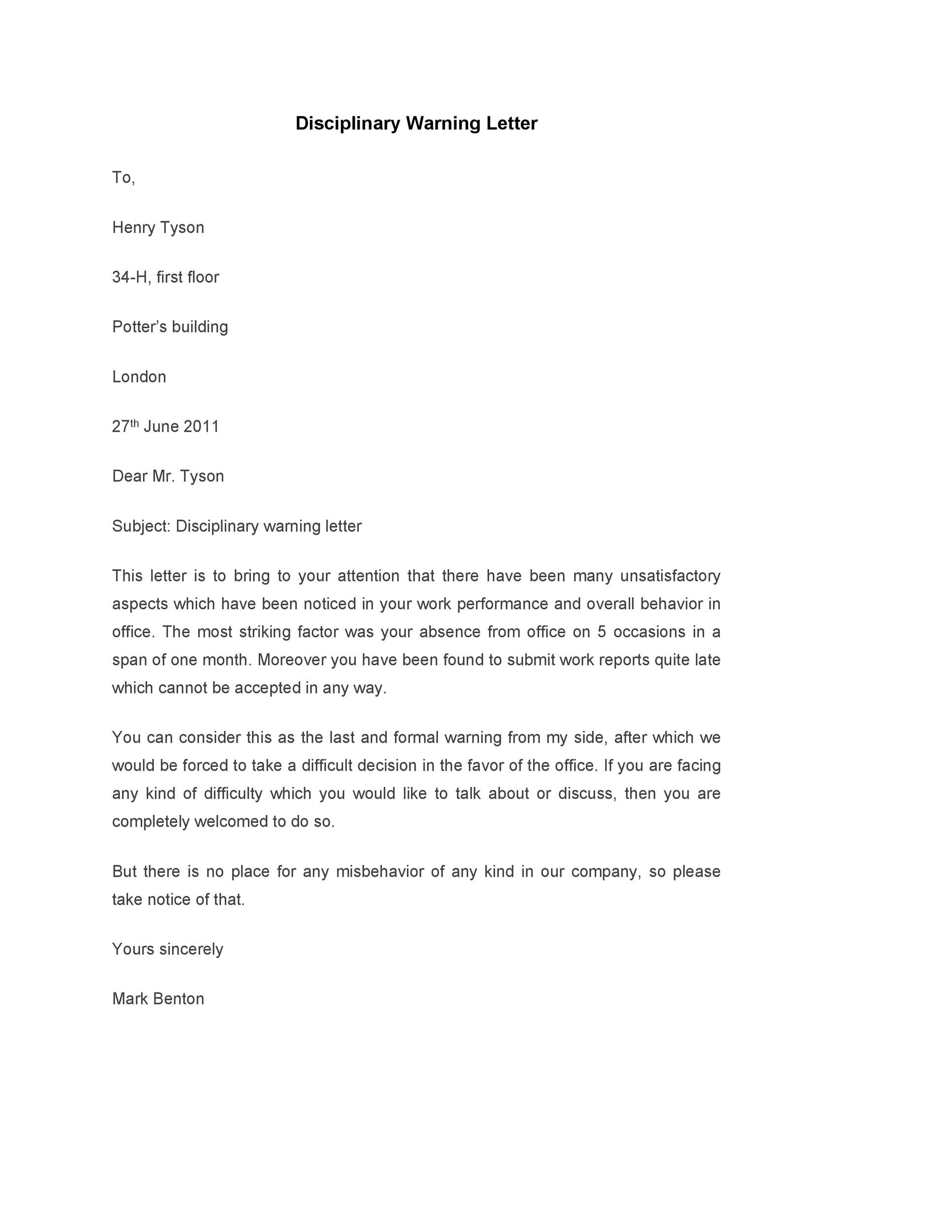
Photo Credit by: bing.com /
HR Guide: 5 Warning Letter Templates And How To Write
.png)
Photo Credit by: bing.com /
Sample Warning Letter To Employee For Misconduct Download Printable PDF
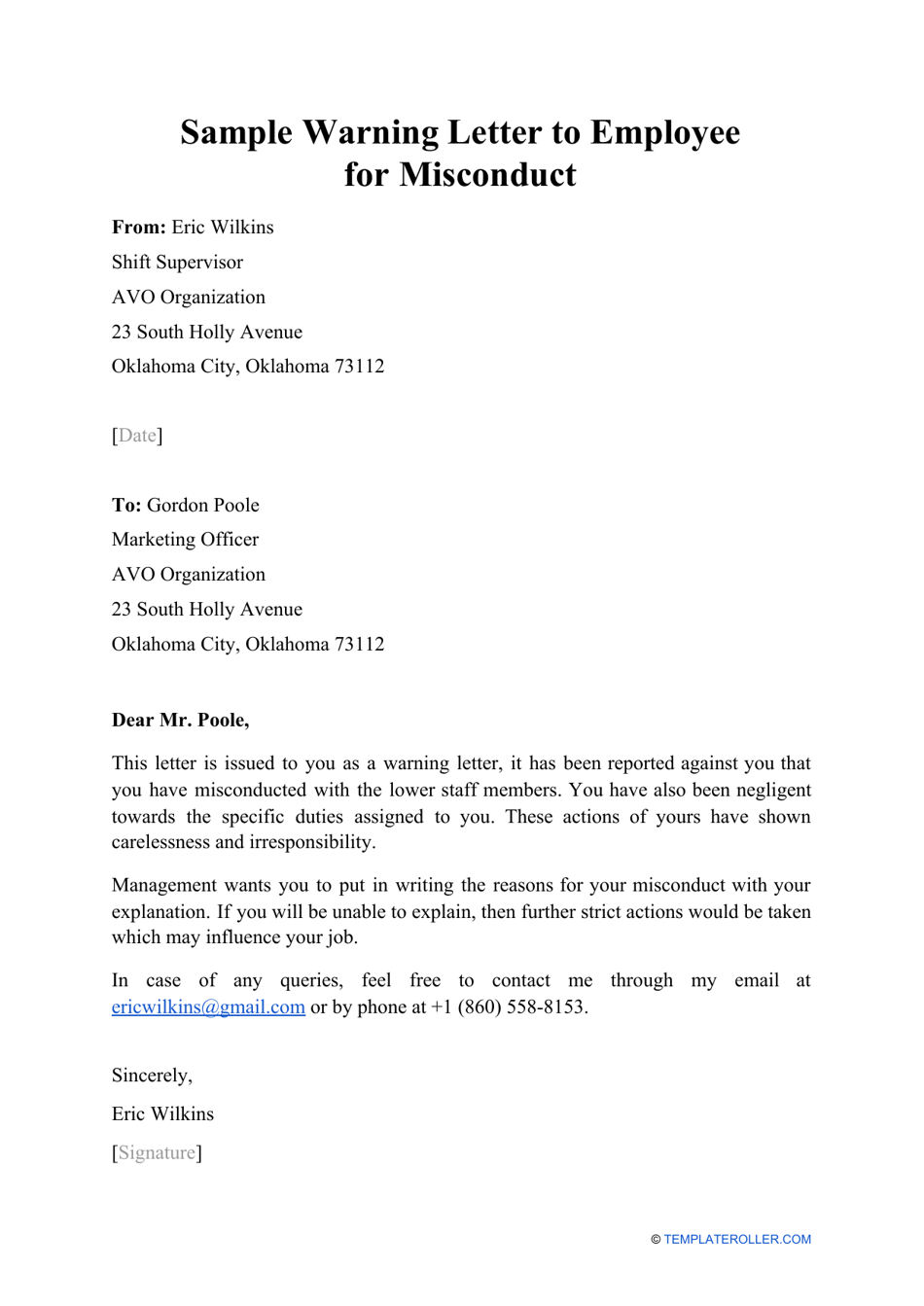
Photo Credit by: bing.com / misconduct templateroller
49 Professional Warning Letters (Free Templates) ᐅ TemplateLab
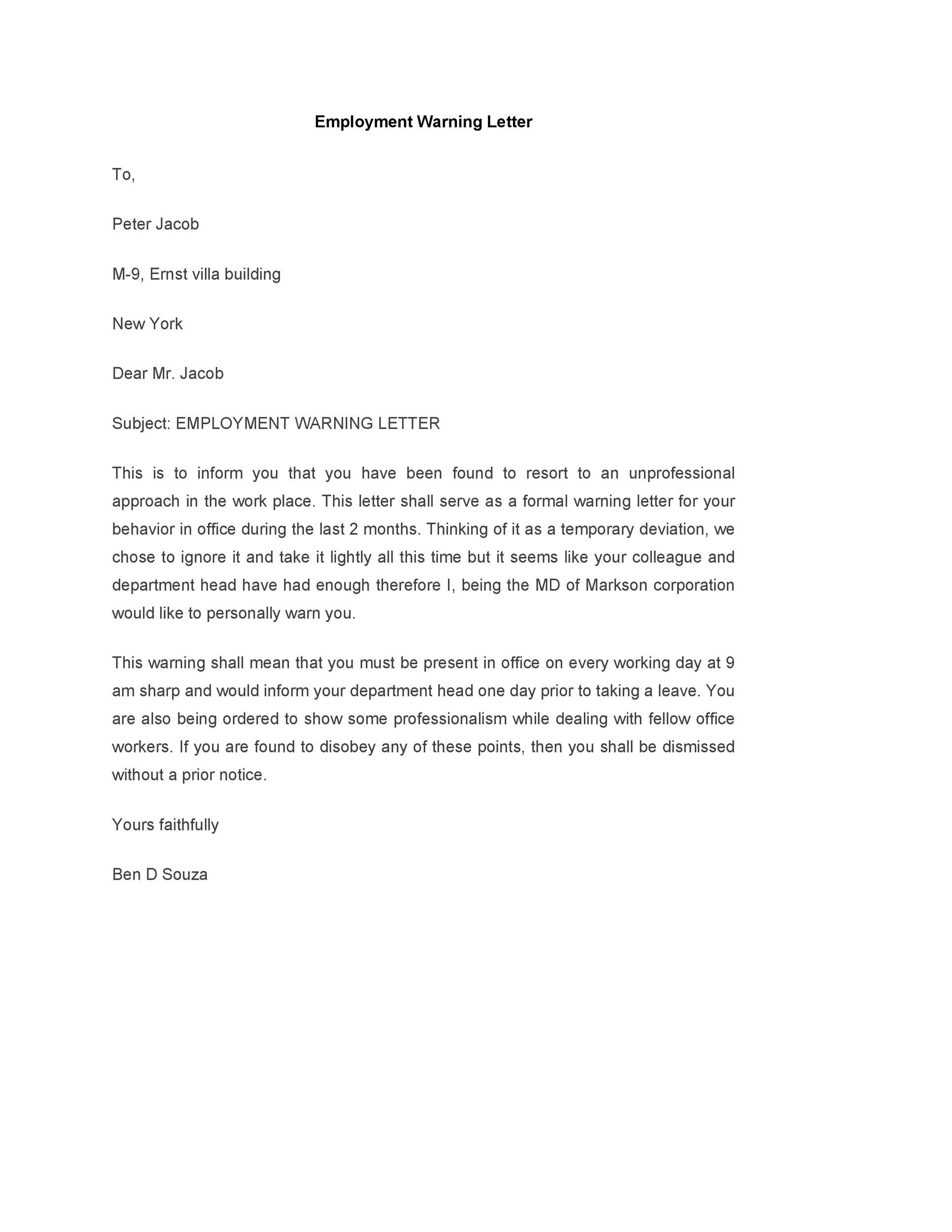
Photo Credit by: bing.com /
Warning Letter Sample - Englet
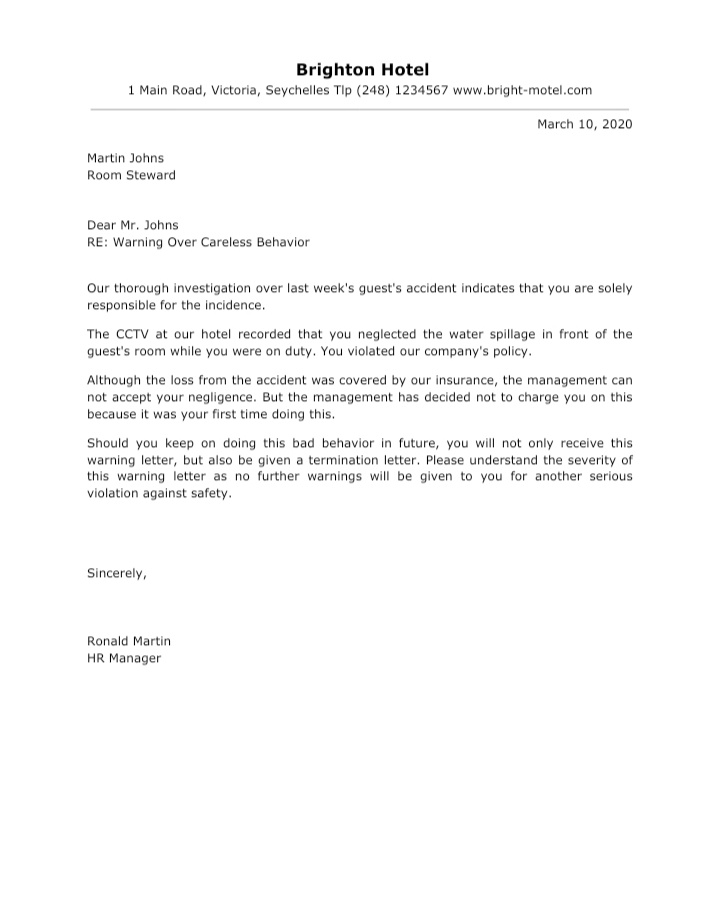
Photo Credit by: bing.com /
